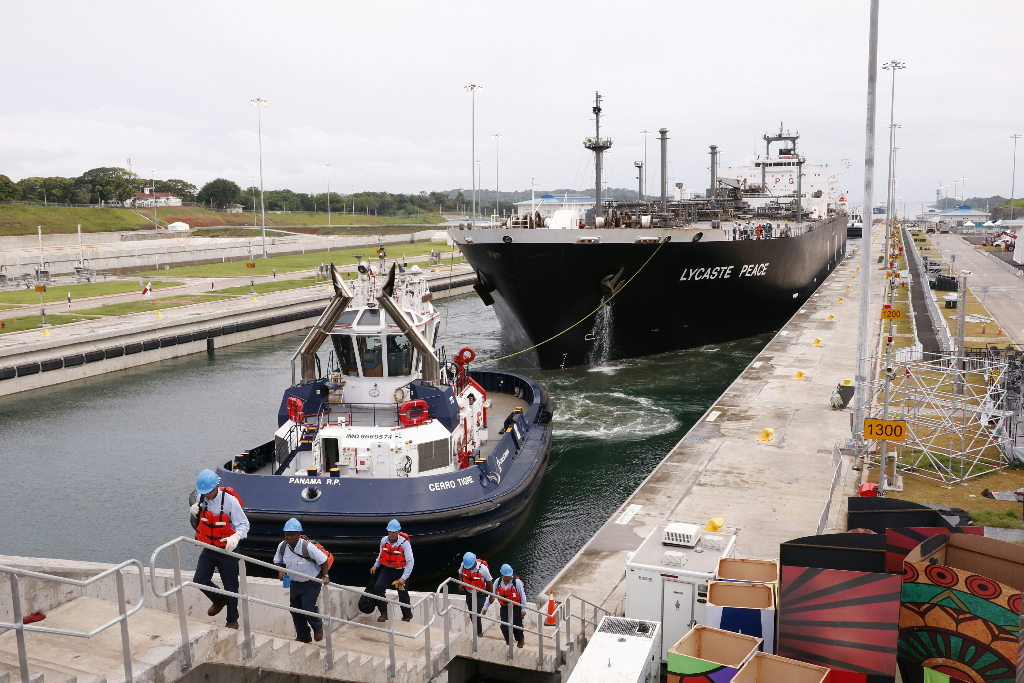Among the first paying customers to show up at the expanded Panama Canal locks were two tankers that came out of Houston carrying liquefied petroleum gas – underlining how the wider, deeper canal could boost export activity at U.S. energy ports.
On Monday the 755’x121’ LPG tanker Lycaste Peace, owned by Japanese shipping company Nippon Yusen Kaisha (NYK Line), transited the canal, the first commercial vessel since Sunday's passage of the 984’x158’ containership Cosco Shipping Panama. The tanker is bound for the Port of Hitachi, Japan. A second 755’x121’ LPG tanker, the Passat, owned by Avance Gas of Norway, followed on Monday.
With new sets of locks on the Atlantic and Pacific sides, the waterway is now 70 feet wider and 18 feet deeper than the original century-old locks. The new locks accommodate modern very large gas carriers (VLGC), and U.S. companies have expanded facilities for exporting U.S.-produced fuel, especially liquefied natural gas from shale formations.
Houston-based Cheniere Energy moved closer to expanding its Sabine Pass LNG export terminal at Cameron, La., after the Federal Energy Regulation Commission and a federal appeals court in Washington, D.C., rejected the Sierra Club’s objections to the facility.
The environmental group contended that allowing a second export terminal to be built would increase gas production upstream, increasing air pollution, gas prices and contributing to climate change. FERC said it has no jurisdiction to regulate gas production, while the court ruled that federal environmental review was limited to local impacts of the project.
Cheniere is ready to start construction in August, and the second terminal is expected to boost export capacity of gas from Texas shale fields by 50%.




